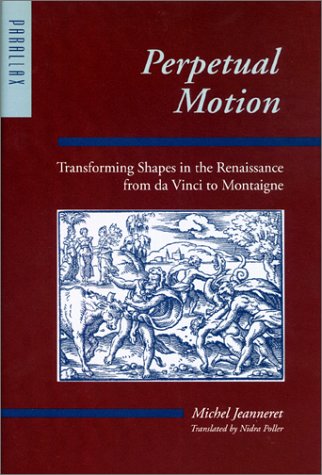

Most ebook files are in PDF format, so you can easily read them using various software such as Foxit Reader or directly on the Google Chrome browser.
Some ebook files are released by publishers in other formats such as .awz, .mobi, .epub, .fb2, etc. You may need to install specific software to read these formats on mobile/PC, such as Calibre.
Please read the tutorial at this link: https://ebookbell.com/faq
We offer FREE conversion to the popular formats you request; however, this may take some time. Therefore, right after payment, please email us, and we will try to provide the service as quickly as possible.
For some exceptional file formats or broken links (if any), please refrain from opening any disputes. Instead, email us first, and we will try to assist within a maximum of 6 hours.
EbookBell Team

4.8
14 reviewsThe popular conception of the Renaissance as a culture devoted to order and perfection does not account for an important characteristic of Renaissance art: many of the period's major works, including those by da Vinci, Erasmus, Michelangelo, Ronsard, and Montaigne, appeared as works-in-progress, always liable to changes and additions. In Perpetual Motion, Michel Jeanneret argues for a sixteenth century swept up in change and fascinated by genesis and metamorphosis.
Jeanneret begins by tracing the metamorphic sensibility in sixteenth-century science and culture. Theories of creation and cosmology, of biology and geology, profoundly affected the perspectives of leading thinkers and artists on the nature of matter and form. The conception of humanity (as understood by Pico de Mirandola, Erasmus, Rabelais, and others), reflections upon history, the theory and practice of language, all led to new ideas, new genres, and a new interest in the diversity of experience. Jeanneret goes on to show that the invention of the printing press did not necessarily produce more stable literary texts than those transmitted orally or as hand-printed manuscripts―authors incorporated ideas of transformation into the process of composing and revising and encouraged creative interpretations from their readers, translators, and imitators. Extending the argument to the visual arts, Jeanneret considers da Vinci's sketches and paintings, changing depictions of the world map, the mythological sculptures in the gardens of Prince Orsini in Bomarzo, and many other Renaissance works. More than fifty illustrations supplement his analysis.